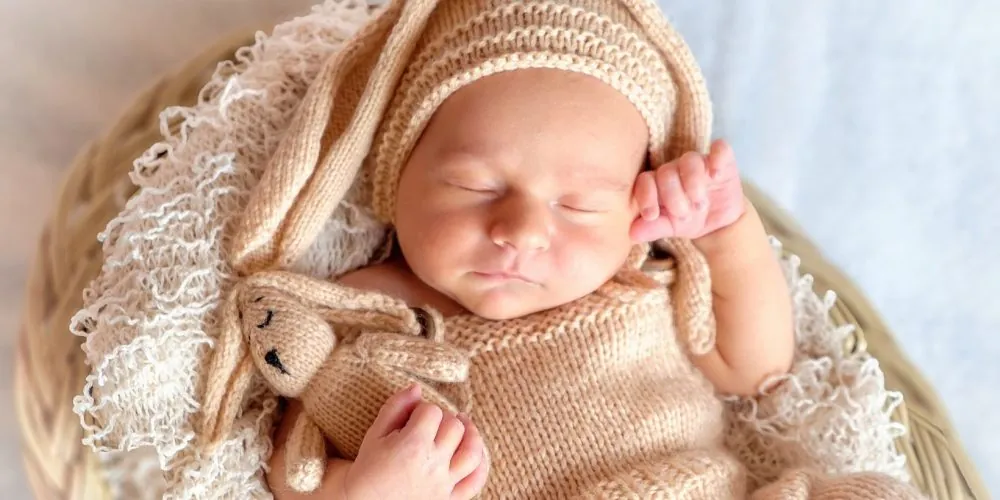In the quest for environmentally friendly parenting choices, many of you are seeking products that ensure the safety and comfort of your babies while also caring for the planet. Eco-friendly sleep sacks have emerged as a popular choice for parents looking for alternatives that are both sustainable and non-toxic. These sleeping solutions are designed to keep babies snug and safe without the use of materials that could harm the environment or your little one’s health.
The materials used in eco-friendly sleep sacks often include organic cotton, bamboo, and sometimes wool, as they are renewable, biodegradable, and require less pesticide use than conventional fabrics. Some brands have made strides in sustainability by using organic cotton or hydrophobic down that provides warmth without harming the environment. Additionally, non-toxic sleeping bags eliminate the use of harmful chemicals like flame retardants, which makes them safer for both your baby and the environment.
Key Takeaways
- Eco-friendly sleep sacks use materials like organic cotton and bamboo to care for your baby’s health and the planet.
- Renewable and biodegradable fabrics in these sleep sacks support sustainable parenting practices.
- Avoidance of harmful chemicals in the production of sleep sacks aligns with a safe and non-toxic approach for your baby’s sleepwear.
Eco-Friendly Materials for Sleep Sacks
When selecting a sleep sack for your little one, choosing one made of eco-friendly materials ensures comfort and safety without the use of harmful chemicals. Below, explore the various natural materials and certifications that make for a superior sleep sack option.
Natural Fibers and Fabrics
Organic cotton, bamboo, and wool are prime examples of natural fibers used in sleep sacks. Organic cotton is breathable and soft against the skin, making it an ideal choice for sleep sacks.

Moreover, bamboo fabric is known for its thermal regulating properties, keeping your baby comfortable throughout the night. If you’re looking to buy 2.5 tog sleep sack online, ensure it’s made of these natural materials for the best combination of coziness and eco-friendliness. As for wool, particularly merino wool, it stands out for its ability to regulate body temperature and resist moisture.
Certifications and Standards
When it comes to certifications, Global Organic Textile Standard (GOTS) is the leading textile processing standard for organic fibers, encompassing ecological and social criteria. Choosing sleep sacks made from GOTS-certified organic cotton guarantees that the product adheres to stringent standards, from harvesting raw materials to environmentally and socially responsible manufacturing.
Benefits of Eco-Friendly Materials
Eco-friendly materials are inherently non-toxic and free from harmful chemicals, which is crucial for your baby’s health and safety. By opting for sleep sacks made from organic materials and natural fibers, you not only ensure the well-being of your child but also contribute to sustainable practices. These materials are not just gentle on the skin, but they are also durable and have a lower environmental impact.
Design Features and User Considerations
When selecting an eco-friendly sleep sack, it’s imperative to consider how the design elements cater to comfort and safety. The right choice ensures your baby sleeps snugly, without compromising ease of use or maintenance for parents.
Comfort, Safety, and Sizing
The comfort of your baby is paramount, which is why breathable materials like organic cotton and bamboo are top choices for sleep sacks. These materials provide excellent temperature regulation, keeping your baby warm without overheating. Safety is also critical, so look for sleep sacks with a fitted neck and armholes that are snug but not restrictive, reducing the risk of fabric covering your baby’s face.

Sizing is important for both comfort and safety. A properly sized sleep sack should offer enough room for your baby’s legs to move freely without being too spacious, which could lead to your baby slipping down inside the sack.
Ease of Use and Care Instructions
Look for a sleep sack that simplifies diaper changes, featuring zippers that open from the bottom or along the side for easy access. The care of the sleep sack should fit into your routine, preferably with materials that allow for machine washing and drying. Read the care instructions carefully to ensure the eco-friendly materials are maintained properly to prolong the life of the sleep sack.
Variety in Style and Functionality
Eco-friendly sleep sacks come in various patterns, prints, and colors to suit your taste and nursery theme. Some designs convert from a swaddle to a wearable blanket for longer use as your baby grows. If your baby has sensitive skin, opt for dyes that are free of harsh chemicals. With a range of style options, you can choose a sleep sack that looks good while keeping your baby’s comfort as the top priority.
Conclusion
In your pursuit of sustainable outdoor adventures, you have learned that the materials making up an eco-friendly sleeping bag are crucial. These materials, often leveraging recycled content or natural fibers, underline a commitment to reducing waste and conserving resources. By choosing sleeping bags with responsible certifications and materials like recycled polyester or down, you are taking a step towards a greener future. Remember, your choice has a profound impact on both your comfort in the wilderness and the health of the environment.






